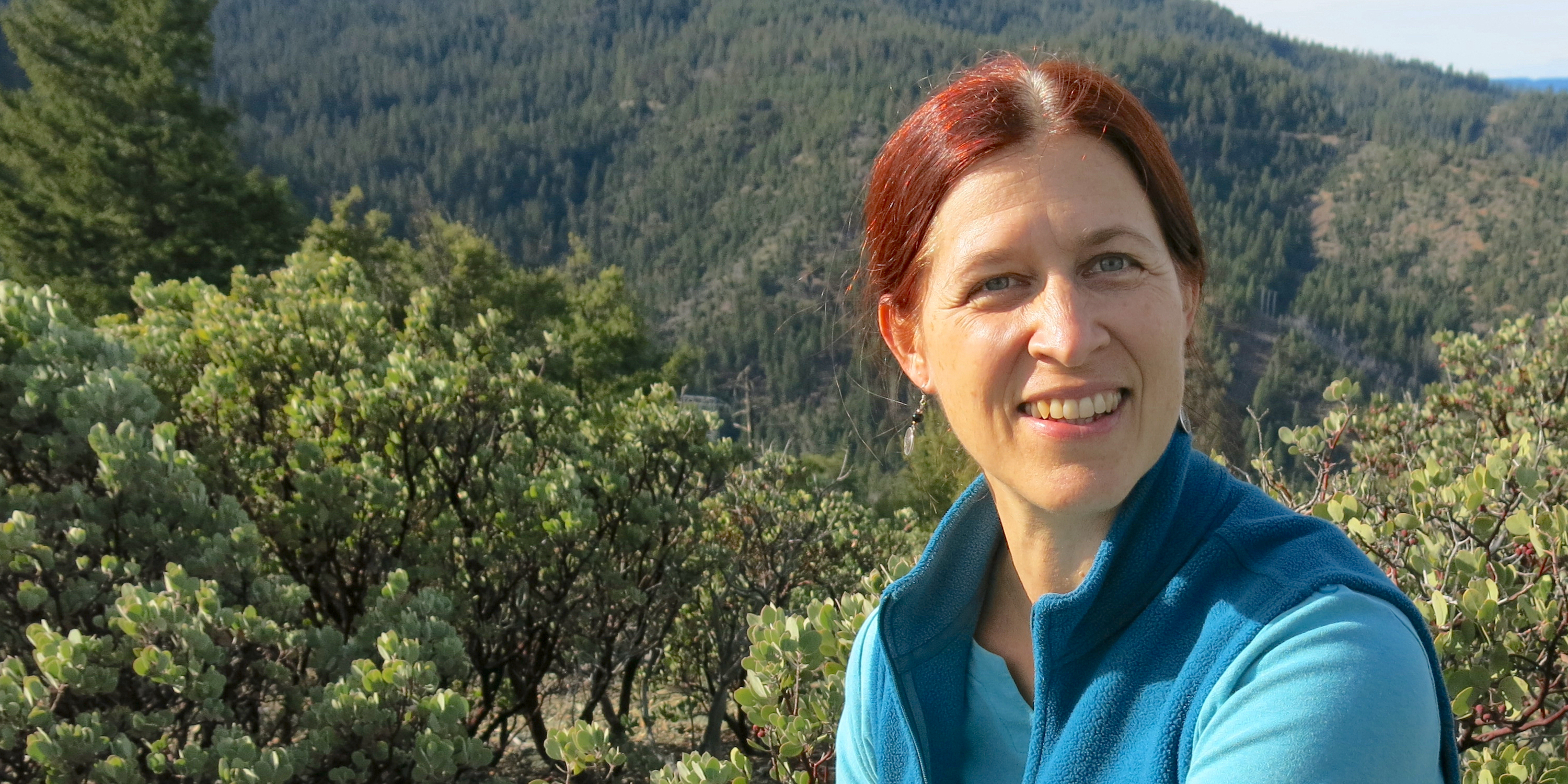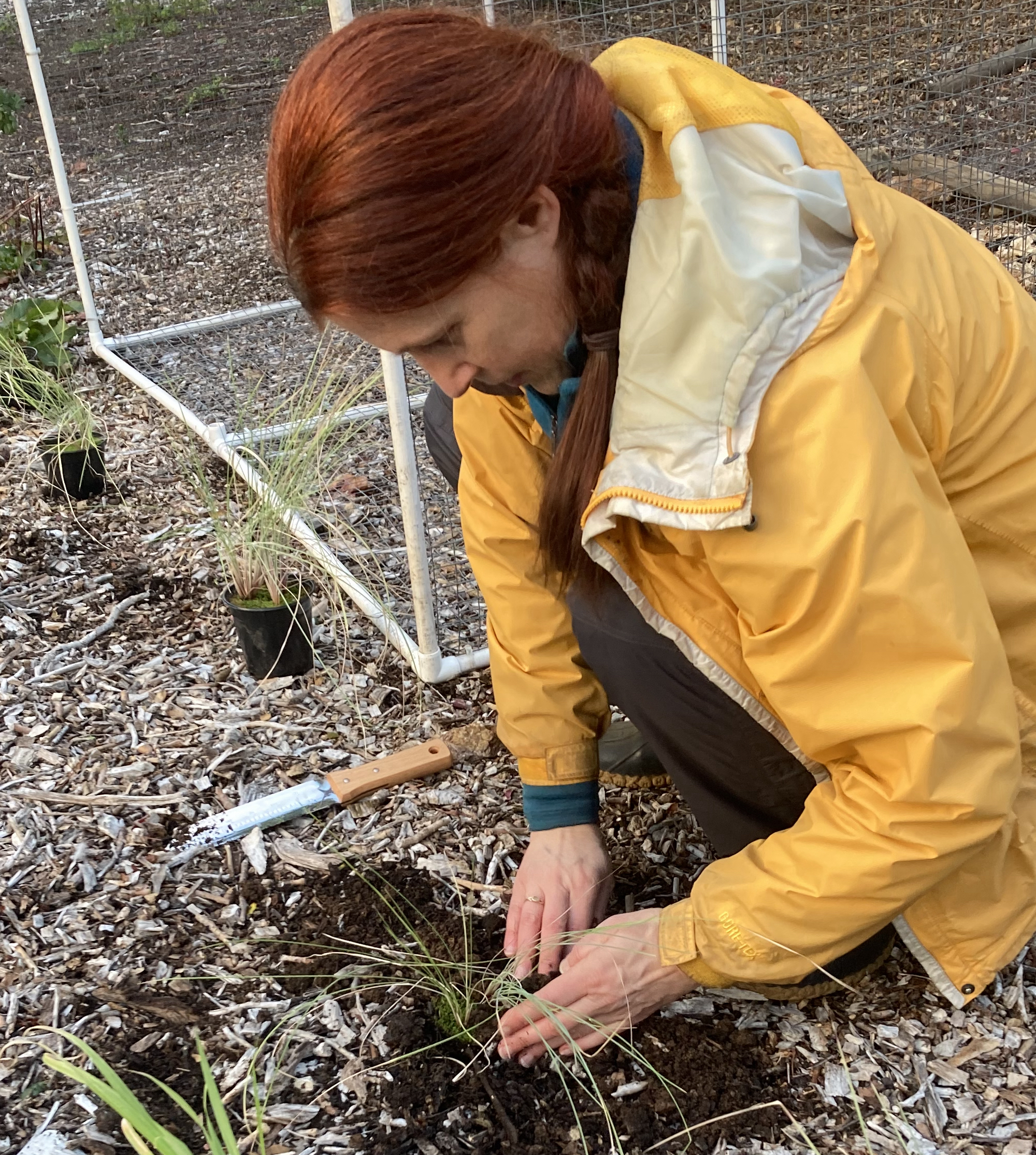

Larisa A. White (née Larisa Naples) writes to celebrate Nature, to advocate ecological stewardship, and to explore the ways in which people relate - or fail to relate - across nations and cultures, landscapes and species. Her past projects have ranged from award-winning screenplays for animated films (Bee Mine / Logline: Bee meets girl.), to original songs (Spangle, Dangle, Glitter / a song of hope and magic for Yule), to acclaimed academic studies (World Druidry / exploring how modern Druids relate to their local landscapes). At present, she is developing the eco-fantasy adventure series, Tales of the Primordial Mountain.
Larisa was raised as a global nomad, relocating every two years as her father designed international airports. Rather than becoming rooted in one place, she spent her childhood bridging gaps between cultures, always looking in from outside. She learned local languages, attended local schools, participated in local religious celebrations, and adapted to local customs, seasonal cycles, and landscapes. In doing so, she discovered the joy of living the questions, exploring diverse perspectives and solutions, and always thinking a little bit differently.
After completing her Ph.D. at Carnegie Mellon University, Larisa spent a decade as an independent scholar, teaching and conducting mixed-methods sociological research on the ways that people learn, grow, and change under the influence of changing educational and cultural contexts. Her focus later shifted to the ways in which people interpret and interact with Nature. While she has always found the research fascinating, Larisa prefers creative writing to academic. She has won international awards for her poetry and screenwriting, and enjoys writing rich stories with compelling characters, grounded in the living world.
Larisa currently teaches and writes in the San Francisco Bay Area, where she spends her free time with her husband and son, building wildlife habitats, and restoring native ecosystems on lands once lovingly tended by the Ramaytush Ohlone. She socializes with humans face-to-face, or via Bluesky @larisa-a-white.bsky.social.

INSPIRATION:
“The history of the Universe depends on the questions you ask.”
— Stephen Hawking
LOGLINE:
When a depressed ecologist flees his job and escapes into archaeology, a nature deity conspires to send him on an odyssey through hidden histories, in search of a better future for all.
PROJECT OVERVIEW:
Ketema is an ecology major struggling with climate grief. Xóchitl studies languages, and works the college social scene. Bryan is a survivalist, hunting to fill his larder. They have nothing whatsoever in common, but each has been lured by some strange bird, through a portal to a mountain in an unfamiliar world. While searching for a way back home, they become embroiled in an ancient war playing out in hidden pockets of history. They must decipher lost languages, repair ancient technologies, and learn to work together with Nature in order to survive. And this they must do on a menacing mountain that seems determined to see them off.
Follow their odyssey of intrigue and discovery in the modern eco-myth trilogy, Tales of the Primordial Mountain.
GET INVOLVED:
To keep up on what's happening with my works-in-progress, and to be first in line for future beta-reading opportunities, please subscribe to my quarterly newsletter.
"Whatever the future holds for humankind, it will be the same future for all in Nature. This book explains how ordinary people with new perspectives are both caring for and working with Nature and all its denizens as we live our lives and face that future together. When you read this book, you will find not just a new way of thinking, living and believing but also true hope, for us and for all in the Natural World. I cannot recommend this outstanding book too highly."
— Malcolm Brown,
Founder of the Isle of Wight Order of Druids
 What does it mean to be a “Druid” in modern times?
What does it mean to be a “Druid” in modern times?
Is it just fantasy cosplay, or is there really such a thing as a modern-day Druid? If so, who are they? Where are they? What are their theological beliefs? their ritual and devotional practices? their celebrated holidays?
World Druidry provides definitive answers to these questions, and more. Based on the results of the first rigorous, large-scale international study of modern Druidry, and richly illustrated with hundreds of direct quotations from 725 practicing Druids from 34 countries, and 147 Druid groups around the world, World Druidry delves into the global variations and universal themes in the beliefs, ritual practices, holiday celebrations, and home-lives of real live Druids in the 21st Century.
© 1993 - 2024 Larisa A. White — All Rights Reserved